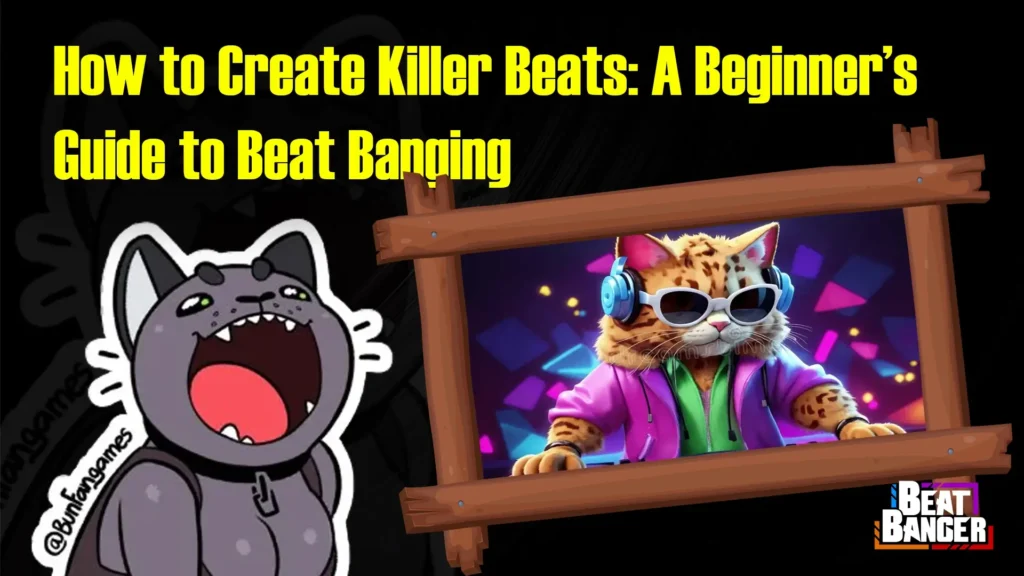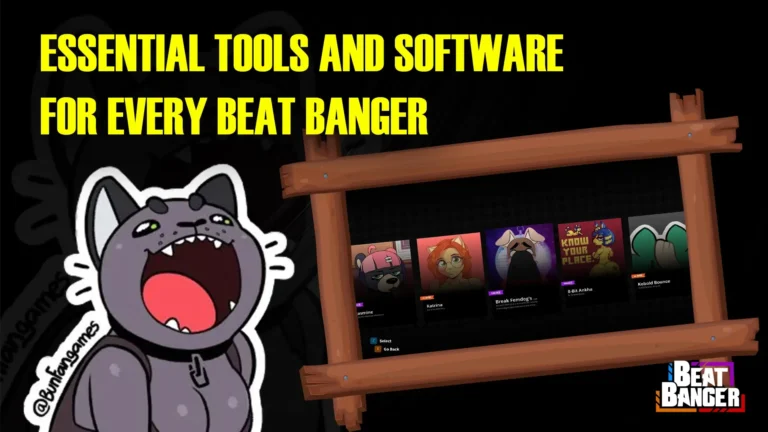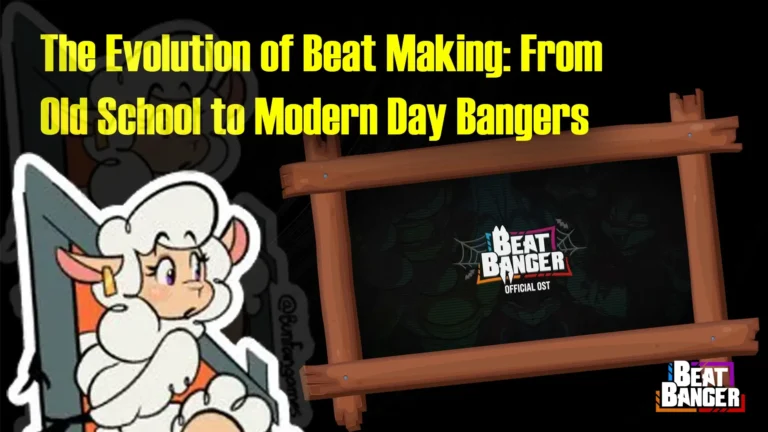How to Create Killer Beats: A Beginner’s Guide to Beat Banging

One of the most important Beat Banging factors when it comes to making music is creating a beat that gives it that special vibe. A beat that positively radiates from hip-hop to EDM, that sets the mood right all at once. In this manual, we have compiled actionable items that can help you create your first market-dominating beat no matter how much of a beginner you are.
What Makes a Beat Banging?
A banging beat is a beat that has power and works in collaboration with the listener’s memory. What are the elements which make it to be the best?
- A catchy, driving rhythm
- Clean, punchy drums
- Melodic hooks or samples
- Well-balanced structure and variation
It is also about the touch of the music or the energy and emotion, sounds of instruments that really matter the most.
Getting the Right Tools
Firstly, make a mental note. Equip yourself completely with everything you need. It is impossible to rely on the following instrumental needs.
- Digital Audio Workstation (DAW): Options like FL Studio, Ableton Live, Logic Pro, or GarageBand are great for beginners
- Drum Kits: Look for hard-hitting kicks, snares, and crisp hi-hats
- MIDI Controller (Optional): Helpful for hands-on beat creation
- Good Headphones or Monitors: Accurate sound helps you mix and balance better
Building the Drum Foundation
Your track’s beat would be synonymous with your own heart’s pulse. This is the drumbeat that provides the life to your music and makes it skip and hop.
Laying Down the Kick and Snare
The essential part to begin with is a powerful kick which is a punchline of the first beat and then, a characteristic element – a snare drum that falls into the 2nd and 4th beats. This traditional groove gives a feeling of relaxation quite easily.
Adding Hi-Hats and Percussion
Hi-hats contribute to the rhythm and pace of a song. Use simple 1/8 or 1/16 notes, and add in rolls or triplets for a change in rhythm. Rimshots, toms, or shakers, referred to as percussion, can augment the song and the rhythm, giving a unique feel to the piece.
Compose the Melody or Cut the Samples
By now, you should have realized the direction of your music. You can now decide to create your own melody or just simply select a sample to work with.
Finding the Right Instruments
Whatever the mood is, synths, keys, bells, or guitar are some of the sounds that come to mind. If it is a sad song that you are making, use minor. But if you are looking for an energetic tone, then major scales would work just fine.
Using Sampling to Its Fullest
You can also manipulate a sample then turn it into a new track by cutting the samples. Just remember that you have to be the rightful owner of the sample if the song is going to be released commercially or used for business purposes.
Putting in the Bass and 808s
A track isn’t complete without a fat, extremely low layer that hits hard in the legs and chest areas.
Designing the Low-End
Download an 808 or sub-bass line which will not overpower but will only add some flavor to your melody. Using, for example, the glide pitch shift in-between notes and adding distortions are some of the few techniques that can give your music a modern trap feel. Of course, do not forget to EQ and sidechain if the bassline is competing with the kick.
Building Your Beat
A great pattern is what you need, but that’s just the first step because the next step is…
Arranging Tips for the Song
- Intro: Develop a mood and introduce part of the beat
- Verse: Create space for vocals by removing instruments
- Chorus/Hook: The climax of the song with maximum energy
- Bridge or Breakdown: Introduce a new melody or boost the tension
- Outro: Gradually let the song ebb away or finish it with a clear cut
On top of that, use different instruments in different sections that will help in making the whole song interesting throughout the whole song.
Mixing and Fine-Tuning
Even though you lack vast experience, the quality of the mix can still be maintained by paying attention to some crucial points.
Mixing 101
- Make sure that all levels are balanced in the mix, don’t allow one element to outdo the others
- Split the instruments in the stereo field and provide the appropriate space
- Be respectful and moderate in implementing the reverberation and delay effects
- EQ the frequencies that make the mix sound muddy without changing them too much
While you don’t have to master audio mixing at a stretch, perfection of details at this stage is greatly impactful.
Sharing Your Beats
After your beat has been completed, export it in an audio format of good quality and then make it accessible to the world!
- Upload your beat to SoundCloud, BeatStars, or YouTube to make it available online everywhere.
- Create brief videos suitable for TikTok or Instagram Reels.
- Get in touch with vocalists, rappers, or other producers to work together and create a musical masterpiece.
Through feedback and socializing, you will be able to master your skills faster.
Conclusion
Becoming capable of making killer beats needs time, however, each new beat you create will take you one step further to mastering your craft. Continuous experimentation and cautious consistency can help you advance while breaking all the old rules.
You have the equipment—the only thing you need now is moving to heavier activities.





